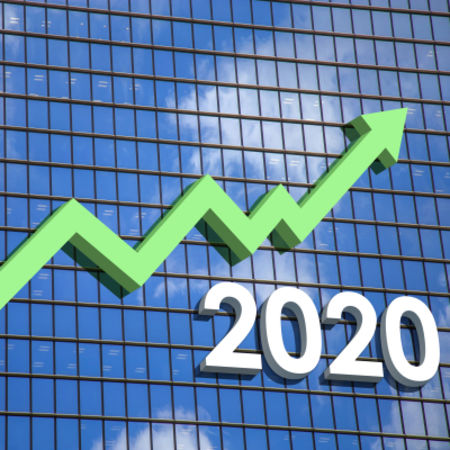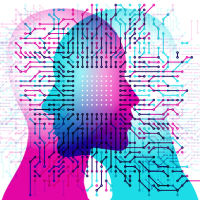Technology continues to transform healthcare through increased efficiency in work processes, leading to better delivery of care. For the incoming year, 2020, expect growing applications of artificial intelligence and machine learning aimed at advancing disease risk prediction. Expanding AI use will likely have a ripple effect, such as in genomic medicine which can help individualise management of certain conditions.
,
Here are the nine technology trends that will spur more innovation in medical practice and research in 2020, according to Bernard Marr, an internationally best-selling author and a strategic business & technology advisor to governments and companies.
,
AI and Machine Learning
With medical data expected to double every 73 days in the next year, artificial intelligence (AI) will increasingly help medical institutions and pharma companies with "big data" processing and analysis. AI algorithms, enabled by advances in computational power, learn from the data, providing clinicians insights into how certain diseases develop and guidance for treatment. While AI and machine learning can assist with many clinical problems, Marr cites the need for regulatory bodies to determine how to regulate the use of algorithms in healthcare.
,
Robotics
In addition to helping clinicians with tasks in the operating room – like what the da Vinci surgical robot does – Marr sees robots being used in healthcare beyond surgical tasks. For instance, robots are already supporting doctors in examining and treating patients in rural areas via “telepresence". Additionally, robots can help transport medical supplies, disinfect hospital rooms, and support patients during rehabilitation. There are also "micro-bots" for targeting therapy to a specific part of the body, such as radiation to a tumour.
,
Computer and Machine Vision
There are a variety of uses for computers and machine vision in healthcare, such diagnostics, viewing scans and medical images, surgery, etc. Computers are increasingly used to view CT scans to detect neurological and cardiovascular illnesses, as well as spotting tumours in x-ray. Machine vision can assist doctors in determining how much blood a woman loses in childbirth so that appropriate care can be given to reduce mortality from post-partum haemorrhaging.
,
Wearable Tech
More than 80% of consumers have shown interest in using wearable tech, which allows them to be more proactive in monitoring their health and fitness. Now, smartwatches not only help track your steps but they also monitor your heart rhythms. Other forms of wearable devices are ECG monitors that can detect atrial fibrillation and send reports to your doctor, and self-adhesive biosensor patches that monitor your temperature, heart rate, and more.
,
You might also like: Important Trends in Innovation and Consumer Behaviour
,
Genomics
AI techniques are helping to advance genomic medicine – when a person's genomic data is used to make treatment and care more personalised. Analyses of genes and gene mutations help the medical community better understand how diseases occur, as well as how to treat the condition or even eradicate it. Oncology is one area where genomics is becoming useful in making personalised treatment plans for cancer patients.
,
3D Printing
The technology is now widely used by surgeons who need to replicate patient-specific organs to better prepare for procedures. 3D printing makes it easier to develop comfortable prosthetic limbs for patients and print tissues and organs for transplant – at lower costs. Many medical devices and dental tools can also be 3D printed.
,
Extended Reality (Virtual, Augmented and Mixed Reality)
VR/AR technology is very helpful when conducting training and surgery simulation. Augmented reality helps provide another layer of support for clinicians during brain surgery and reconnecting blood vessels. Meanwhile, virtual reality is useful in treatment of patients with visual impairment, depression, autism, and cancer. In mixed reality, the virtual and real worlds are intertwined, so it provides important education capabilities for medical professionals as well as to help patients understand their conditions or treatment plans.
,
Digital Twins
A digital twin is a near real-time replica of something in the physical world – in healthcare, that replica is the life-long data record of an individual. Digital twins can help clinicians make therapy decisions, or determine the possibilities for a successful outcome of a procedure. Increasing use of digital twins should help improve patient experience through effective, patient-centric care.
,
5G
As the use of telemedicine increases, 5G can better support healthcare organisations by enabling the transmission of large imaging files needed for clinical decision making; enhance a physician's ability to deliver treatments through AR, VR and mixed reality; and allow for remote and reliable monitoring of patients.
,
Source: Forbes.com
Image: iStock
,



























